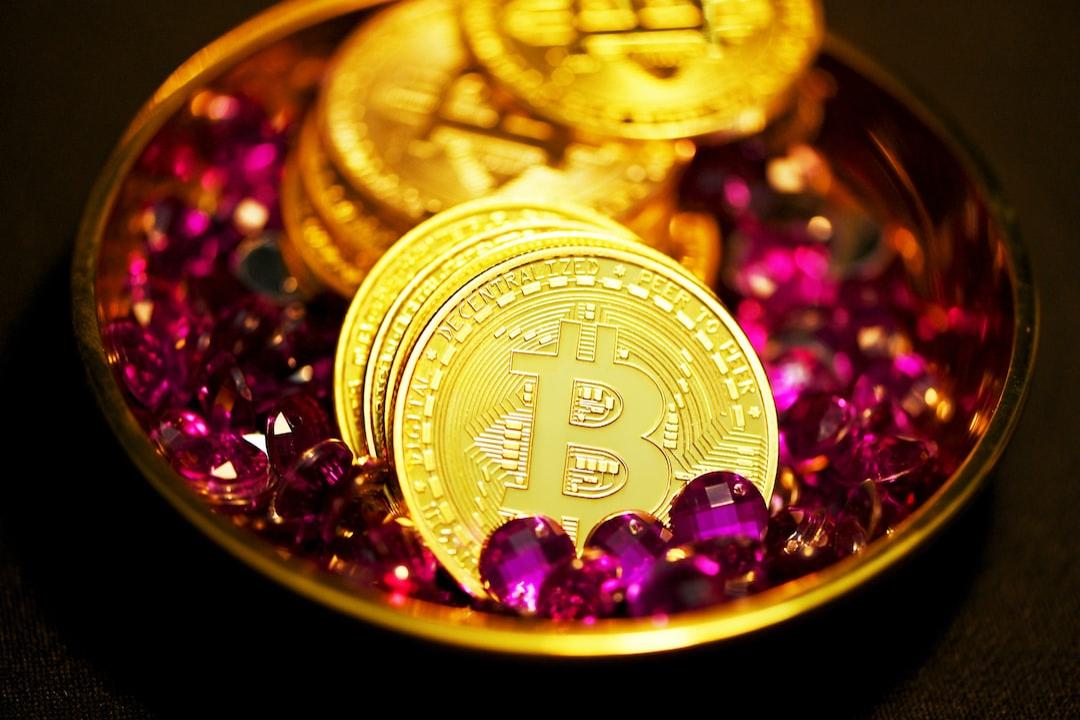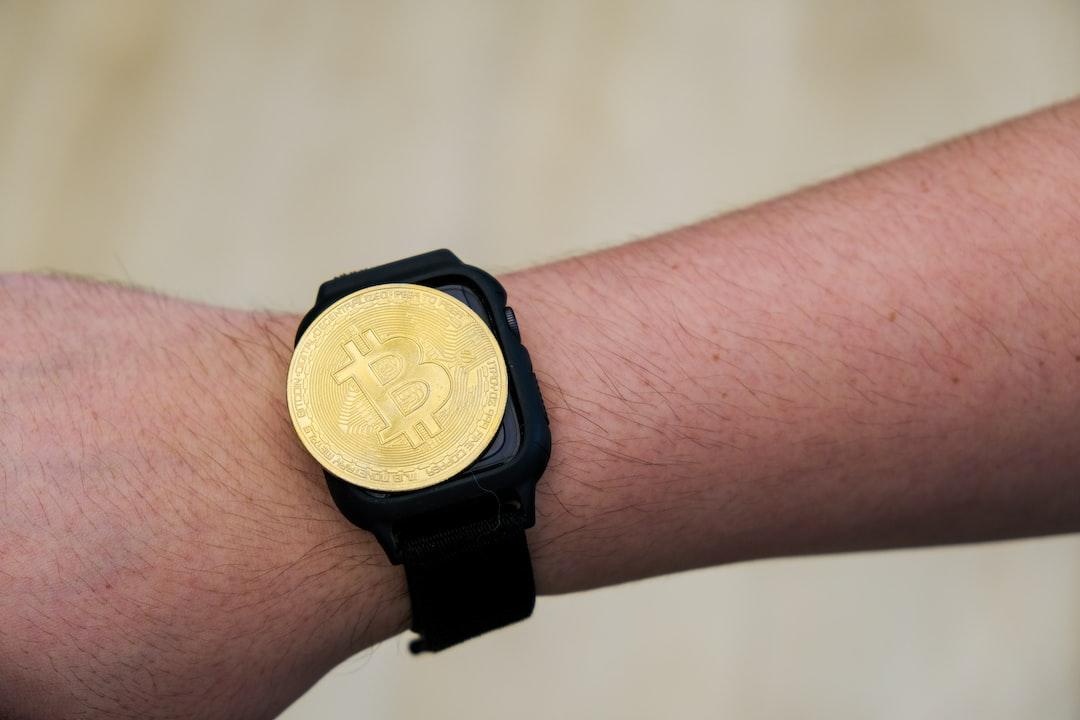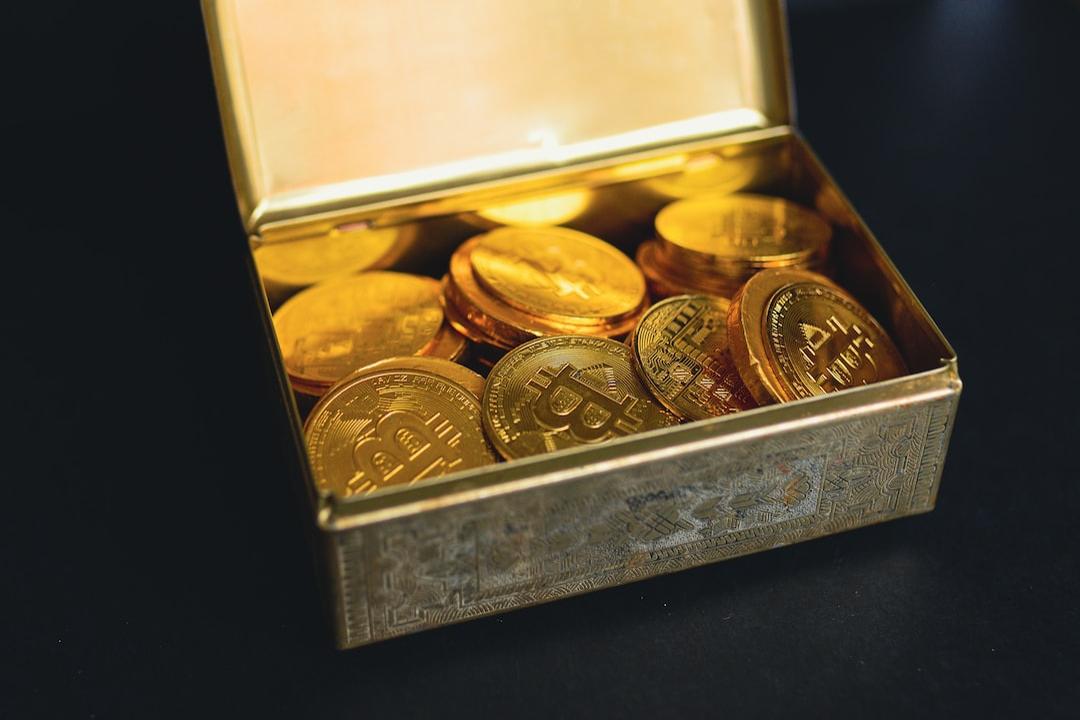Mt. Gox, once one of the world’s largest
cryptocurrency
exchanges, ceased operations following a hack in 2014 that resulted in significant losses. Recently, the exchange transferred approximately $2.4 billion worth of Bitcoin (BTC)

$
82,394
, moving a total of 30,000 BTC to two separate wallet addresses. These transfers occurred after Bitcoin surpassed the $81,000 mark over the weekend, leading to speculation that Mt. Gox may be signaling its return to the
cryptocurrency market
.
Contents
Bitcoin Transfers Indicate Potential Sales
Developments Following the 2014 Hack
Bitcoin Transfers Indicate Potential Sales
On-chain data reveals that Mt. Gox initially transferred 30,000 BTC from the wallet address “1FG2C…Rveoy” to a new address named “1Fhod…LFRT.” Additionally, the exchange reportedly moved $200 million worth of BTC to its cold wallet. This transaction marks one of the largest BTC movements within Mt. Gox’s wallet in recent weeks.

Experts emphasize that such large-scale transfers usually indicate preparations for selling cryptocurrencies. Mt. Gox’s recent actions are seen as a consolidation step aimed at reintroducing its recovered Bitcoin assets to the market.
Developments Following the 2014 Hack
In early 2010, Mt. Gox controlled 70% of the global cryptocurrency market. However, the hack in 2014 led to the loss of approximately 740,000 BTC, valued at around $15 billion today, shocking the cryptocurrency market at that time. Since halting operations, the exchange has been involved in a prolonged asset recovery and restitution process.
The repayment plan, managed by Mt. Gox’s trustees, is expected to continue until October 2025. During this period, the assets owed to users will be covered by the sale of the remaining BTC held by the exchange.
You can follow our news on
Telegram
,
Facebook
,
Twitter
&
Coinmarketcap
Disclaimer:
The information contained in this article does not constitute investment advice. Investors should be aware that cryptocurrencies carry high volatility and therefore risk, and should conduct their own research.


